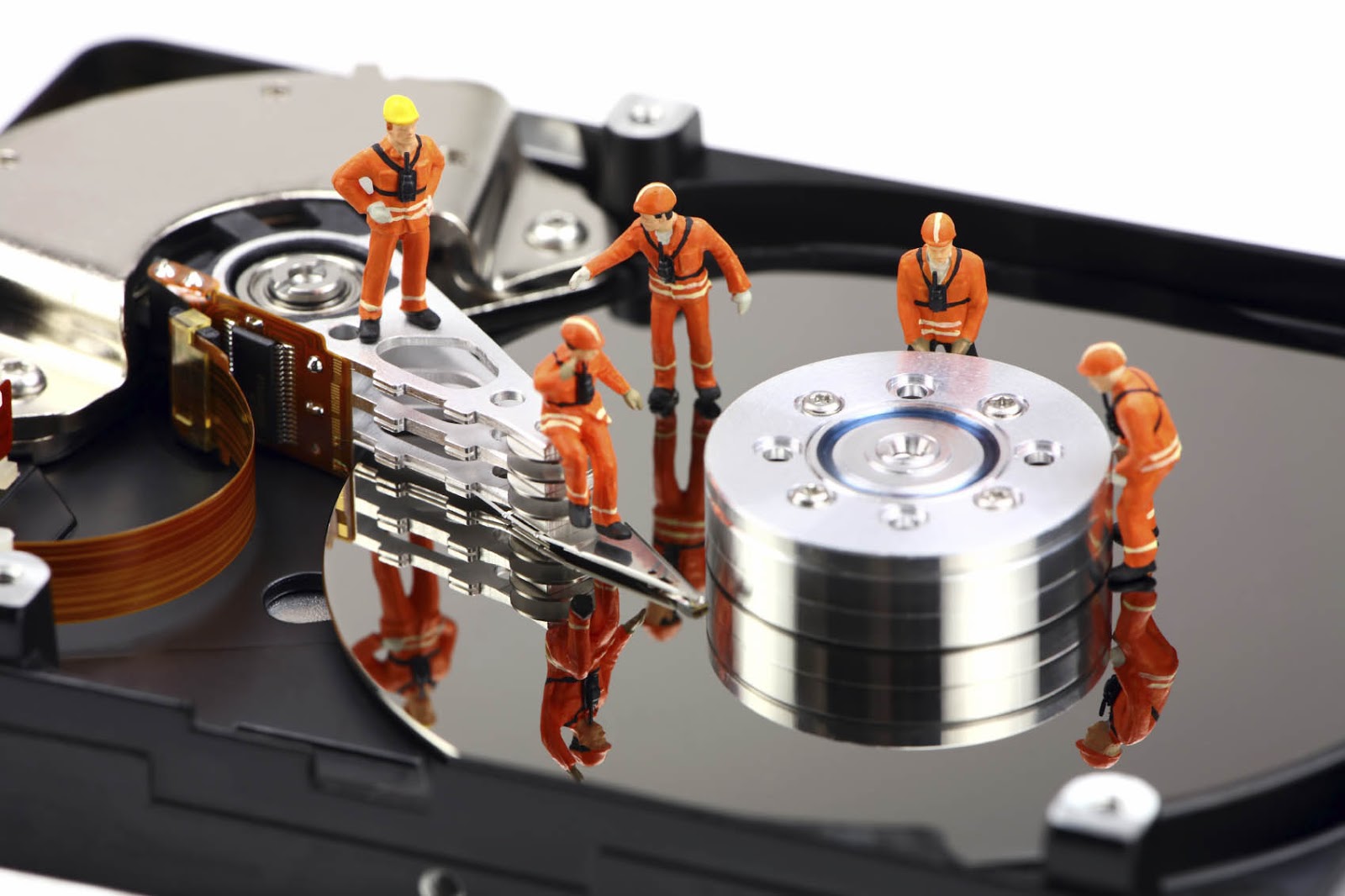5 Tips to Reduce Infrastructure Cost and Risk of a Disaster Recovery Datacenter Build-Out
5 Tips to Reduce Infrastructure Cost and Risk of a Disaster Recovery Datacenter Build-Out
 A disaster recovery site build is a huge undertaking, with multiple points of financial risk that can undermine the project. This write-up discusses ways that you can reduce cost and mitigate risk in your disaster recovery project.
A disaster recovery site build is a huge undertaking, with multiple points of financial risk that can undermine the project. This write-up discusses ways that you can reduce cost and mitigate risk in your disaster recovery project.
Repurpose Equipment
Saving valuable datacenter space in your production location could fund 100% of your DR project. Consider moving, upgrading and repurposing development, testing or aging production equipment from your primary site to DR. This way you can bring in newer technology to the primary location and transition aging IT assets to the DR location. By doing so you not only reduce the IT capital expense of your DR project; you also free up data center floor space in your production location and provide an opportunity to refresh equipment at your primary location.
Data Storage Hardware
Data storage hardware is one of the fastest growing and most expensive pieces of the DR puzzle. There are two effective ways to reduce costs: One, consider reconfiguring and repurposing an existing IBM, EMC or NetApp array from a production location to DR. Two, consider buying a used SAN storage array that has been reconfigured to meet your requirements. By doing so you could save anywhere from $30,000 to $300,000, or more, depending on the configuration.
Connectivity – SAN & Bandwidth
For SAN connectivity, you may need FCIP routers, SAN directors, switches, HBAs and additional networking equipment at your new location, coupled with Bluecoat, Riverbed or Cisco WAN acceleration to reduce bandwidth costs. By buying and deploying used Cisco MDS or used Brocade SAN directors in the site build, you can save $50,000 to $150,000, leaving you room to buy the WAN acceleration products and bringing you long-term, recurring savings on bandwidth.
Transition and Logistics
Moving equipment from production to DR can cause multiple logistical nightmares. As an insurance policy against an unforeseen outage, consider using Swing or Rental IT hardware, particularly EMC or IBM storage arrays, to migrate data and offset your move. One of our customers leveraged this technique and rented an EMC storage array for two months. He shipped the array to his production location, migrated the data, then used the rental array in production, while he shipped their primary system to their new location. This gave them the peace of mind and timeframe to move systems at their leisure to DR, and avoid the kind of “rush job” that typically ends in failure.
Replication Techniques:
There are many ways that you can move and protect data between datacenters, including IBM, SVC, EMC Mirrorview, Commvault, Inmage, Veeam, database clustering, log shipping and others. When designing your recovery strategy, investigate multiple options and make sure to choose the one that best meets your RPO and RTO objectives. Pricing and functionality varies widely with replication technology, so do your homework; your options may be more cost-effective than you think. Further, by coupling the replication technology with used SAN storage arrays or upgrades at a 30-70% cost reduction, and you can replicate and keep more data on disk, rather than tape.
You will no doubt encounter plenty of challenges and choices as you build your Disaster Recovery facility, but hopefully these ideas will get you off to a good start.


